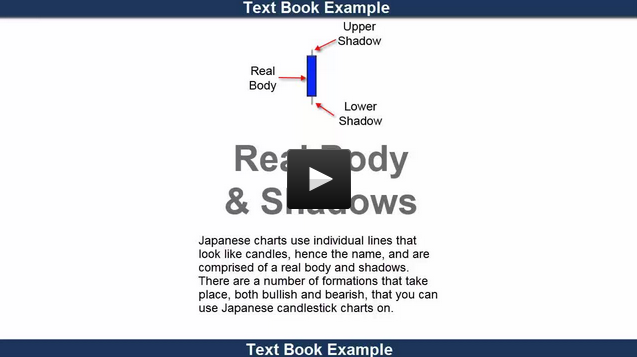If you follow our blog, then you are definitely familiar with trader Larry Levin, President of Trading Advantage LLC. We have gotten such a great response from some of his past posts that he has agreed to share one more of his favorite trading tips as a special treat to our viewers. Determining the direction of the market can be tricky and just plain confusing at times, but Larry’s expert opinion keeps it simple and straight-to-the-point.
If you like this article, Larry’s also agreed to give you free access to his award winning book.
Today he’s going to talk about knowing your way around a chart.
For most traders, charts are like their road maps to potential trades. Technicians see potential patterns, key clues that they interpret for trading opportunities. Fundamentalists see confirmation of news stories or supply and demand dynamics playing out in the price fluctuations. Charts are indispensable to traders
Understanding what a chart is telling you is paramount for traders
We are going to look at the two most common chart types, and the basics of their construction. The main thing to understand when you are looking at any given chart is that there is key info that shouldn't change. Each chart will be showing you prices on one axis and time periods on another. Most charts will show the prices on the vertical axis and time periods (e.g. daily, hourly, five minute) on the horizontal one, like this: Continue reading "Knowing Your Way Around A Chart"



